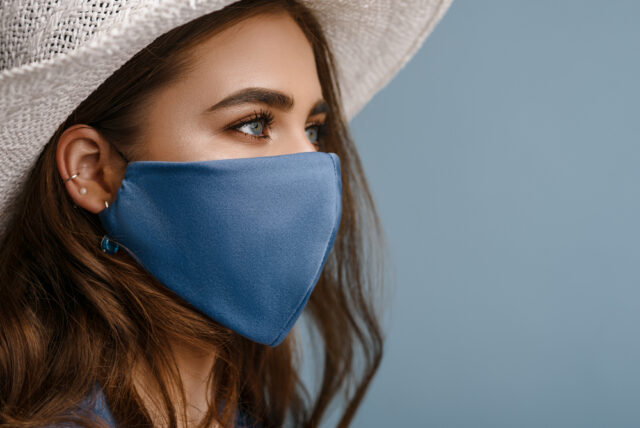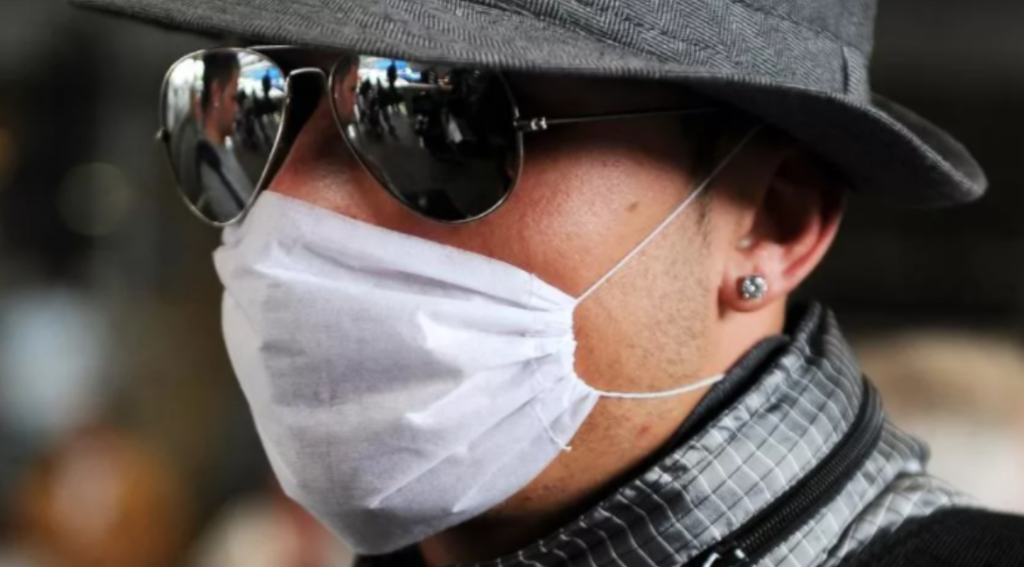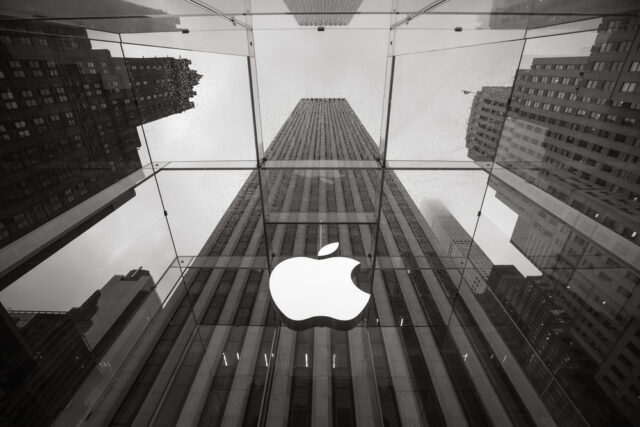
Practice of face recognition in masks. Does it work or not?
Practice of face recognition in masks. Does it work or not?
Can a CCTV camera recognize the face of a masked person? Every person asked this question. There is no consensus, despite the unequivocal statements of the developers of innovative technologies and the authorities. Let’s understand what a modern face recognition system is.
Statements by developers and authorities
From open Russian sources, such as TASS, you can learn about the statements of the Ministry of Internal Affairs that the mandatory wearing of medical masks does not have a negative impact on facial recognition in the capital. In the middle of last year, the city authorities deployed a large-scale network of video cameras with face recognition functions from the NtechLab company.
One of the company’s founders, A. Kabakov, confirmed that the technology aims to form “black” lists of violators of the quarantine regime (persons +65 years of age go outside, shaking hands). At the same time, the entrepreneur claims that the recognition algorithm is accurate even when using medical masks.
Prerequisites for successful mask face recognition
So, what are the technology developers’ claims based on? How effective are developments in actual urban conditions? Let’s analyze.
50-60% of the face is sufficient
How does face recognition work if about 1/2 of the face is covered by a mask? According to the program’s creators, 50-60% of an open face is enough for successful recognition.
However, human faces vary in size based on the classic head size grid (54 cm, which corresponds to the marking “XXS” and up to 65 cm, which corresponds to “XXXXL”). The masks themselves differ in shape and size.
For some people, the mask covers less than 1/2; for others, up to 60% of the face. For the rest, the percentage is much more.
CONCLUSION: During the wearing of masks, the percentage of an open face differs for people. The system cannot accurately recognize faces that are covered more than 50-60%.
Lack of other accessories
If we talk about the percentage of visible parts of the face, then the software developers assume the absence of other accessories, things, facial hair (long bangs, glasses, scarves, hats, hoods).
Using the above reduces the percentage of visible face to a minimum.
Picture quality
Only if high-quality images of parts of the face not covered by the mask get into the recognition system, the percentage of identification is relatively high. At the same time, as shown by independent US studies, depending on the algorithms used, lighting conditions, and other factors, the result will vary from 5 to 50%.
What’s in practice? The domestic system receives personnel that even the most loyal participants in the process cannot call high-quality. Can facial recognition be accurate with and without masks? The obvious answer is no.
Read the article “What Should You not Expect from Legacy Video Monitoring Systems?”
Looking directly into the camera
The developers acknowledge that the height of the camera installation, the angle of tilt, and rotation of the head concerning the camera lens affect the quality of the video material and, accordingly, face recognition in the mask. In most cases, city dwellers are unlikely to get a direct look at the camera.
What does Apple say?
The largest developer and seller of facial recognition devices is Apple. The company spent about $ 2.0 billion on development.
At the same time, when a flurry of disgruntled users faced the need for a mask mode and turned to the company to resolve issues of identifying masked persons. An Apple spokesman said that “Face ID is designed to work with visible eyes, nose, and mouth. Mask verification is not effective enough. Therefore company representatives recommend using the PIN-code on the keyboard.”
It is essential to understand that we are comparing one photo of one user in Apple’s Face ID database. At the same time, the developers of domestic mask face recognition systems claim that the system operates on a stream of people.
For example, let’s talk about the passenger traffic of the Moscow metro (which is about 5 million people per day), then for identification by the face of even half of the people. This is a comparison of one face with 2.5 million photos.
Is it real? Why does a global company that can buy up all Russian development companies together without much effort take responsibility for such statements?
Practice of application in Russia
The most effective face recognition function is used in business (in trade, banking, manufacturing). Those businesses that have opted for the innovative Faceter service get 99.8% research accuracy (officially confirmed by the University of Washington).
The system has hearing, vision, and intelligence. It helps businesses to collect and automate marketing data, create black and white lists, and quickly notify the owner about events at the facility.
Details are on the website.
Results
Face recognition by photo is a relevant solution for business and the public sector. In 2020-21, due to the problematic epidemiological situation, identifying masked people came to the fore. How effective are domestic algorithms? The question is complex.














